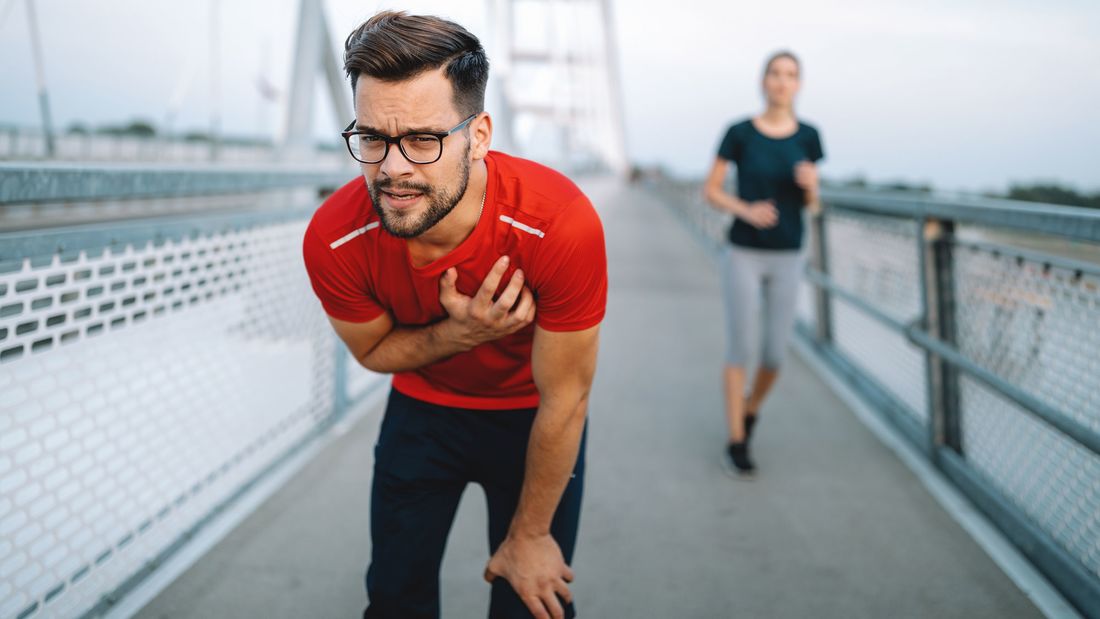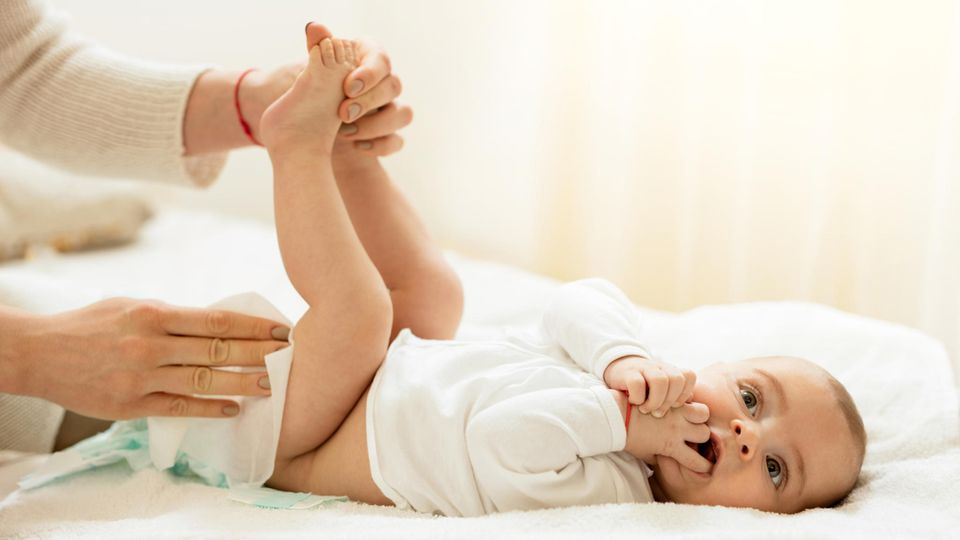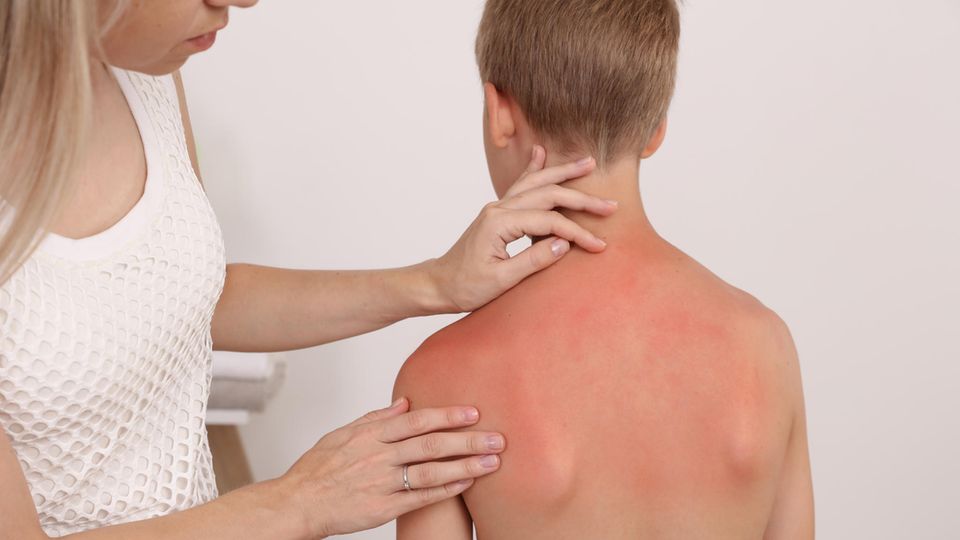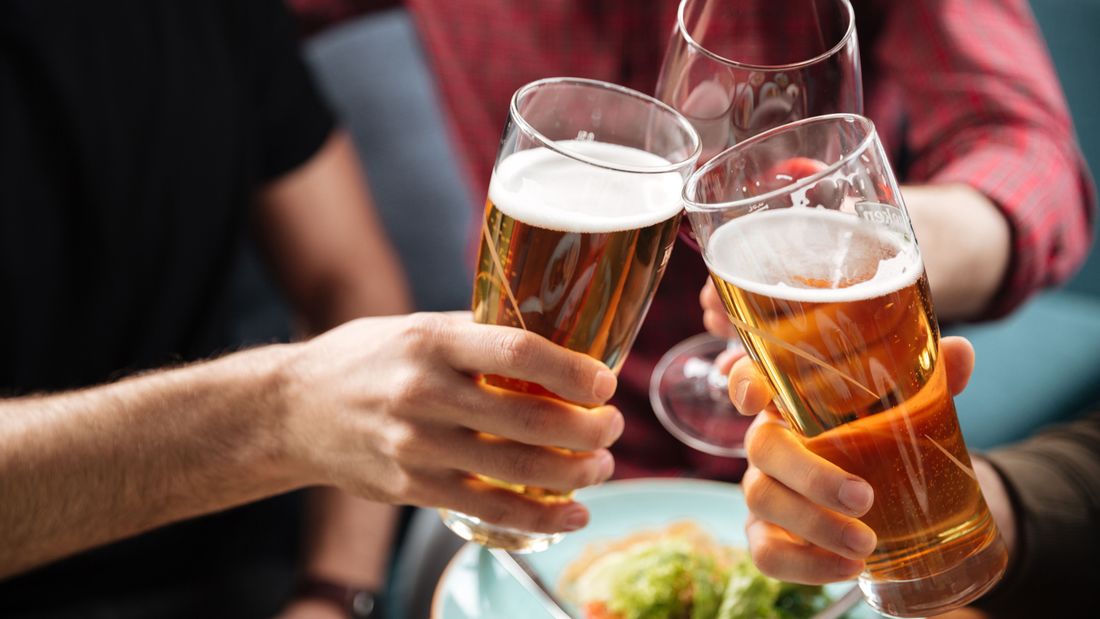D an enamel makes every day hard work. Thanks to it, you can eat a tough piece of meat yourself or grit your teeth during a workout. Tooth enamel is the hardest material in the whole body, and with the right care it stays that way.
If you neglect your enamel, however, it will eventually thin or even break off. This damage cannot be reversed and even little things like a cold drink or an apple can suddenly cause pain. Diseases such as tooth decay can also attack the tooth much faster. So that this doesn’t happen to you, we’ll show you how to strengthen your tooth enamel.

Why does tooth enamel dissolve?
The outer layer of the tooth, also called enamelum, consists of a grid-like compound of calcium and phosphate, the so-called hydroxyapatite. It’s pretty robust, but it has an archenemy: acid. Acidic pH in the mouth is most common when you eat acidic or high-carbohydrate foods. “This removes minerals from the enamel and the lattice of the enamel softens,” explains dentist Julia Seidler from the Berlin Dental Center . This makes it much more susceptible to external stress, for example when chewing or brushing teeth.
But it’s not just food that can make saliva more acidic. In around 20 percent of Germans, gastric juice runs up the esophagus while sleeping and ends in the mouth. “This reflux disease damages the mucous membranes and teeth because they are exposed to gastric acid for hours,” explains Seidler.
Time also leaves its mark. Whenever you eat or brush your teeth, the teeth rub against each other and are therefore rubbed off minimally. This is not a big deal, but if you grind your teeth due to stress or use a toothbrush that is too hard, this abrasion can become too strong and cause problems.
What happens if the enamel breaks?
If the enamel is not properly cared for, it will become softer and thinner. Then, if you eat something hard, the layer can get scratched or even chip off. As a result, the sensitive dentine is less protected from temperature fluctuations or acidic foods. If your teeth come into contact with it, you will feel a nasty pain that can extend into the jaw. In addition, the tooth is then more prone to diseases such as tooth decay, because bacteria can lodge better in the soft and roughened tooth enamel. In the worst case, you will get what is known as enamel hypoplasia , in which your tooth enamel has receded so much that your teeth become dull and shimmering and you get severe pain.
Can tooth enamel build up again?
“Neither nerves nor blood vessels run in the enamel, similar to fingernails,” explains the dentist. Therefore, the enamel cannot regenerate itself. In contrast to the nails, the layer does not grow back either. What is broken once cannot be repaired. In such cases, only the dentist can try to rebuild the affected areas, for example with fillings or crowns. Only when the tooth enamel is softer but not yet eroded can you strengthen it again with the right care.
How can you strengthen the enamel?
The good news: It’s not that difficult to keep your tooth enamel healthy. “The most important thing is that the enamel is not exposed to an acidic pH value for too long and unnecessary abrasion is avoided,” explains Seidler. You can use these habits to strengthen your tooth enamel:
1. Avoid too much acid
Certain foods cause the pH value to drop, i.e. it becomes more acidic. On the one hand, these are short carbohydrates such as sugar or white flour, on the other hand, sour foods can also attack the teeth. Examples of this are soft drinks such as cola or lemonade, but wine, juices or sour fruit also soften the melt.
2. Wait to clean
“After eating, the enamel takes up to 90 minutes to completely regenerate,” says Seidler. After eating you should therefore leave the toothbrush for at least half an hour, the longer the better.
3. Brush properly
“If you scrub your teeth with a lot of pressure with a hard toothbrush, the enamel gradually wears off,” warns the dentist. Does your toothbrush look flattened and messy after a short time? Then brush with less pressure and slower movements in the future.
4. Don’t drag the food out too long
“It makes a big difference to the teeth whether you eat the same food in a few minutes or over a long period of time,” says the doctor. For example, if you sip a glass of orange juice for an hour, it is worse for your teeth than if you drink a liter at a time. This is because the pH value in the mouth is acidic for much longer, and that means more time in which the tooth enamel is weakened.
5. Combine foods cleverly
There are foods that put a strain on the enamel, but there are also foods that counteract this. Above all, fats such as coconut oil or dairy products help tooth enamel to stay healthy. So cut your fruit into a portion of quark or eat a piece of cheese after the main course.
6. Chew gum
No dairy products on hand? Then just take some (sugar-free) chewing gum after your meal. “This stimulates the flow of saliva and ensures that the acid in the mouth is broken down more quickly,” explains Seidler. But be careful, if you are prone to jaw problems or teeth grinding, chewing can put additional strain on the jaw joint.
7. Don’t whiten teeth
Home remedies or toothpastes designed to whiten teeth are a disaster for tooth enamel. The white effect is based either on acid or abrasive particles that are supposed to remove the discolored areas. Then the stains are gone, but so is the tooth enamel. In addition, the layer is roughened so that new discolorations can form even faster. Plus: Due to the thinner enamel, the darker dentin will shimmer through at some point.
8. Eat a balanced diet
Shouldn’t you completely avoid acidic and carbohydrates for the sake of your teeth? No, because a balanced diet is also important for your teeth. “Vitamins and trace elements promote the growth and maintenance of oral structures, teeth and mucous membranes,” explains Seidler. This means that you can (and even should) bite a bullet on a regular basis.
Is Fluoride Harmful?
Another component of dental care is the appropriate toothpaste, which usually contains fluoride. However, this substance is currently under criticism: In theory, it can cause acute or chronic poisoning or so-called fluorosis. The toxic dose for adults is between 32 and 64 milligrams per kilo of body weight, for a man who weighs 80 kilograms it is around 2560 milligrams. For comparison: a portion of toothpaste contains around 1 milligram of fluoride, and a large part of it is spat out again. “The legal limit values in fluoridated toothpastes ensure that the concentration is harmless,” says Seidler. Only if you have young children should you get them a child-friendly toothpaste with a lower concentration.
You shouldn’t do without fluoride. “It has been scientifically proven that the locally applied fluoride has significantly reduced the number of caries diseases,” explains Seidler. In normal amounts, this salt settles in the tooth enamel, making it more resistant to acid. “This effect has not yet been demonstrated with alternative pastes such as Biorepair,” says the doctor.
You can also get fluoridated table salt or even green tea to help. “The tea plant enriches natural fluoride as it grows, which is why green and black tea remineralise the tooth enamel,” says the dentist. The discoloration that comes from the tea isn’t bad and can be brushed away.















